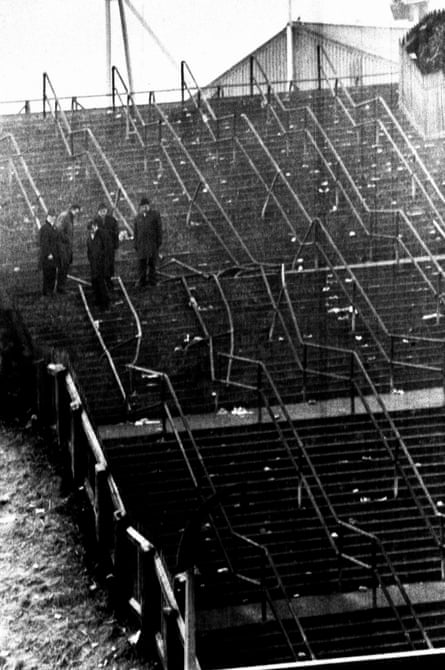I cried and cursed without sound. I could feel my eyes bulge. Then an ear popped. I tasted blood and my chest felt as though it was splintering.Everything became calm. I looked at the horizon and saw the black shapes of the River Clyde cranes against the white sky swap places and become a negative photograph. The pain had gone.I came to, lying on my back, my head on one step, feet further down. Two men were bending over me, one in cap and scarf, with a hand resting on my forehead, the younger one grimacing. “Jeez, he’s a right mess, this one.”The Southern General hospital was chaotic. They hadn’t enough empty beds immediately for the dozens of casualties, so our stretchers were lifted on to trolleys and left in rows against the walls of the corridors, while various nurses and at least two doctors paced up and down the lines. I was eventually wheeled into a packed ward and lifted into a bed with my suit on. I’d bitten my tongue and bottom lip, so I did look a mess. When my tearful mum arrived, she washed my face and unhappily let me smoke a squashed Kensitas.I was kept in overnight. My ribs weren’t broken and my eardrum wasn’t burst. The hospital doctor said I was lucky that I was “bulky” and that I was “a good wee Rangers man”.This was 10 years before the disaster at Ibrox Park. It was so similar in its causes, and in the way it played out, that I wasn’t the only one to refer to the 1961 incident as the “rehearsal”.
Source: ‘Singing and dancing to their deaths’: football’s forgotten tragedy | Rangers | The Guardian











Bookmarks